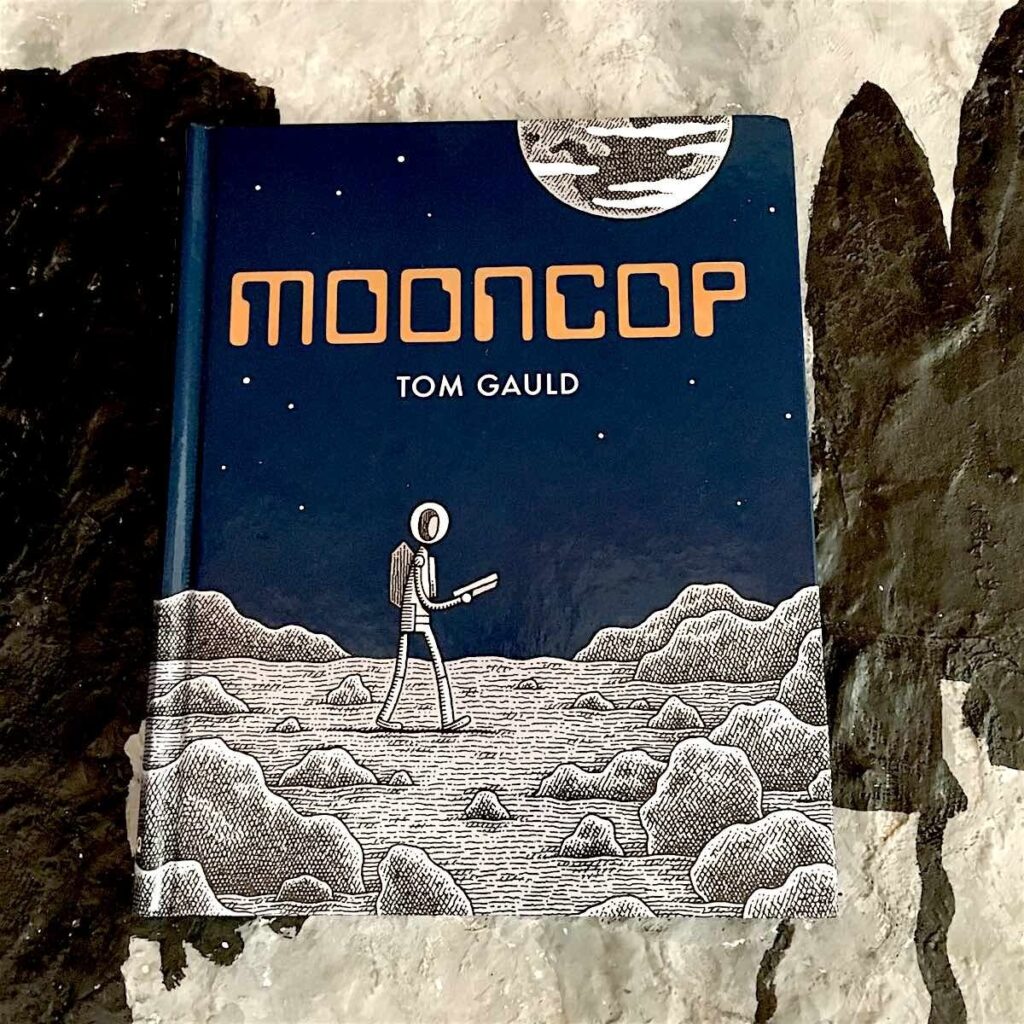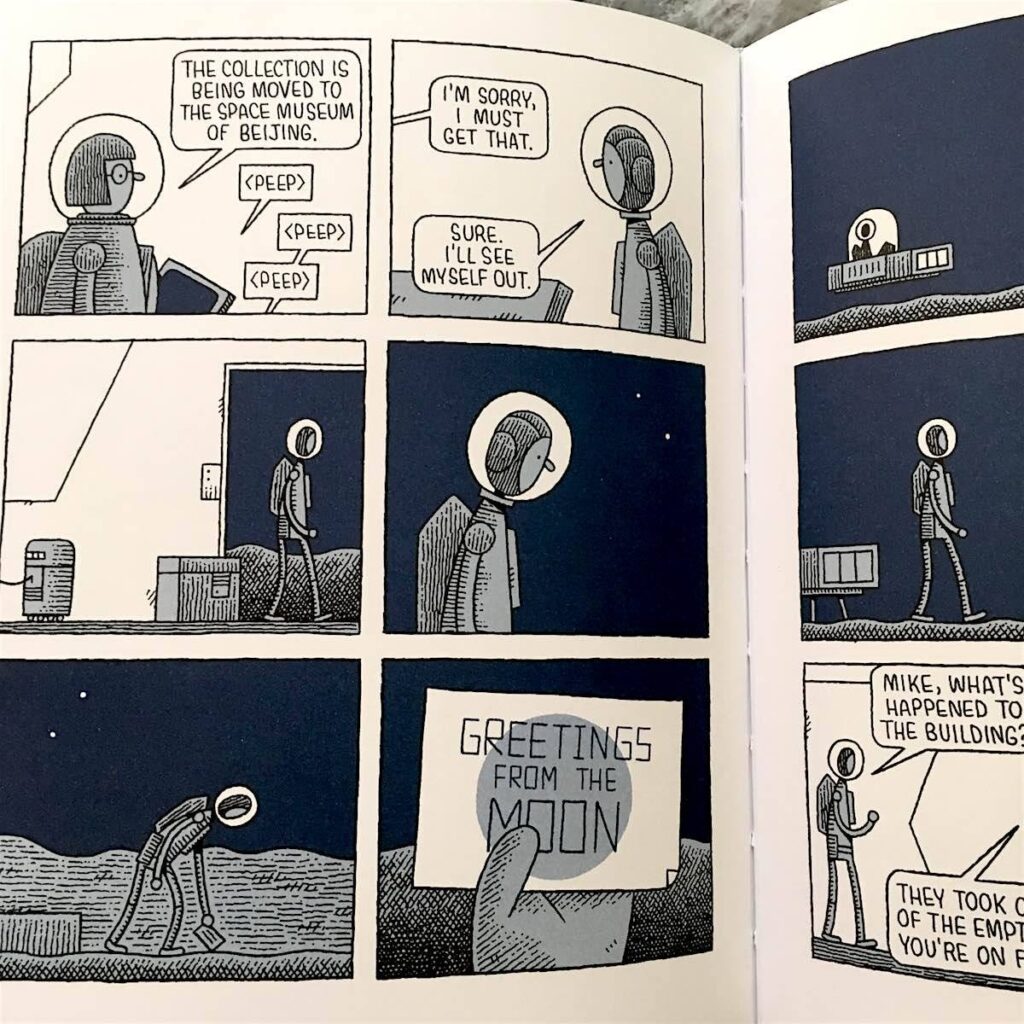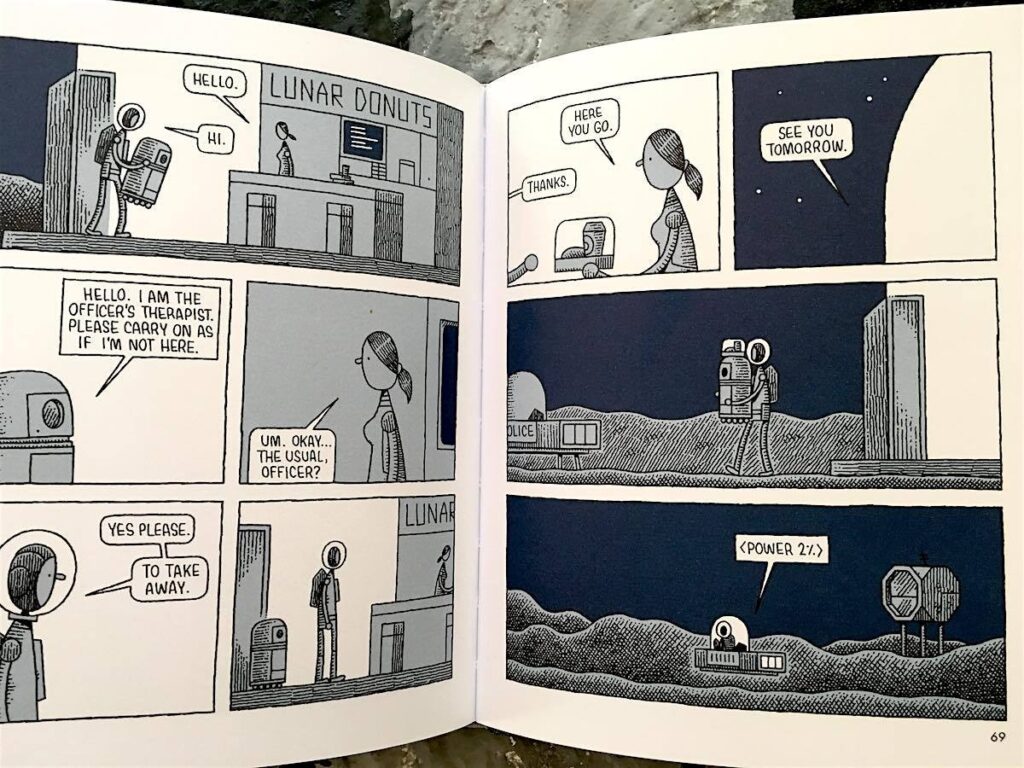Japan’s Hidden Hot Springs
Essential guidebook to Old Japan
I enjoy Japan because it is so richly Other. Central to Japanese “otherness” is the bath. Like the famous tea ceremony, it’s larger than it seems. The shortest route into traditional Japanese culture is a soak in a very hot bath, preferable in a communal bathhouse, more preferably in an intimate, well-crafted hot spring located in a mossy thatched inn with paper doors and tatami floors at the end of a trail. Problem is this romantic ideal is very hard to locate, especially for foreigners. But they do exist. This wonderfully small, intimate and well-crafted book will guide to you the few remaining really traditional hot spring (onsen) in Japan. Despite this guidebook, you’ll only find Japanese staying there. The author has visited several hundred Japanese onsen (I’ve been to maybe a dozen) and will save you the incredibly depressing experience of winding up in a hideous concrete over-commercialized urban disaster – which is what most of the springs have become. Any one of the chosen here are little-known national treasures worth going way out of your way to soak in overnight and soak up.
05/26/03Excerpt
There are better times than other for visiting onsen. Winter is best, since the hot water feels finest against the cold air and the snowscapes are so ethereal. What could be more sublime than sitting in a mountain hot tub at night, sipping sake and conversing with your close ones while gazing at the stars through snow-clad branches? Ideally, a bubbling brook is coursing through the snow just next to the bath. Great for a Scandinavian-style plunge if your heart can take it. The next-best season is autumn, followed by spring and summer. Avoid weekends if possible, although that's when I usually go for lack of other opportunities. And try to take friends. You'll get a better room and price as a party of four (or more) and have more fun as well.
*
No two outdoor baths are the same, of course, but Myogaya's is uniquely fetching. To get there means negotiating several very steep, covered staircases plunging from the inn to the depths of the Kanomata River gorge. Near the bottom you'll first encounter the separate men's and women's changing rooms. Off to the left, and on about the same level, are several goemonburo, cramped, vat-like tubs that barely accommodate a singe bather. They're named for a legendary figure who was boiled alive in a similar pot.
Descend one more short stairway and you're at the sexually integrated bath-site. Here you'll find four sheltered tubs: two smallish but comfortable wooden ones implanted in cement, a larger one of concrete to the back, and a tiny cave-like pool off to the side. all face onto the narrow river, a gurgling mountain stream that's just a hop away. Its other side soars almost vertically, clad in thick vegetation. This ranks among the best outdoor bathing we've enjoyed anywhere.
Somehow, Myogaya's rotenburo manages to combine a sense of both coziness and spaciousness, solitude and fraternity. Rarely crowded in our experience, the baths can be more or less your own private playground if you time things right. That means when everyone else is having dinner or after 10:00 a.m.
Japan's Hidden Hot Springs Robert Neff 1995, 180 pages $25

















